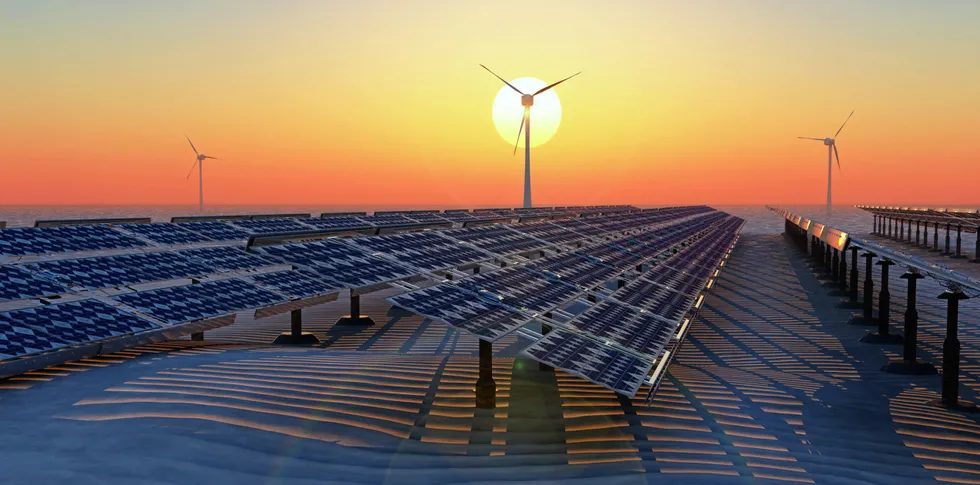'World's best wind and solar': 150GW desert green hydrogen plans no mirage, says InterContinental Energy
EXCLUSIVE INTERVIEW | Vast renewable H2 'energy basins' offer unmatched potential to serve coming global market bonanza, according to developer's chief commercial officer
